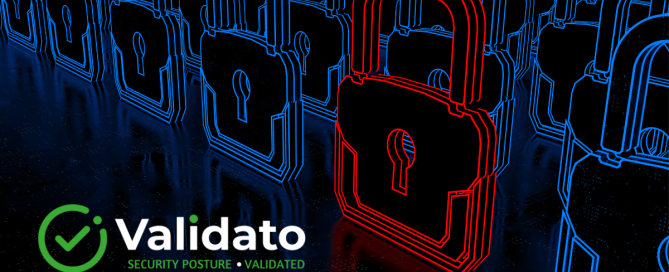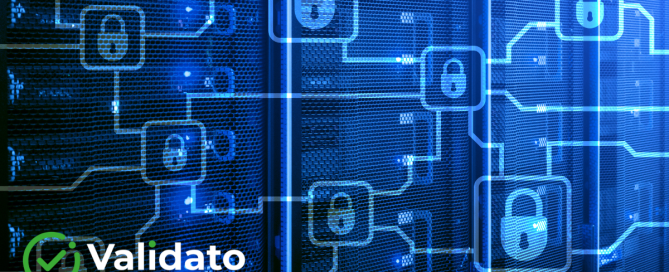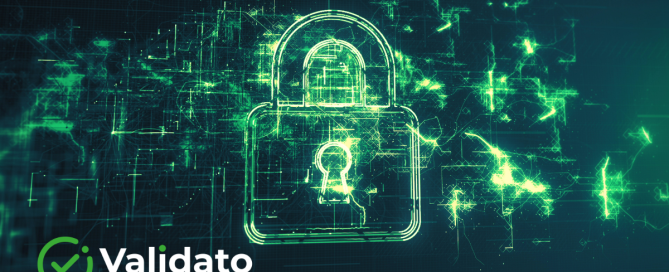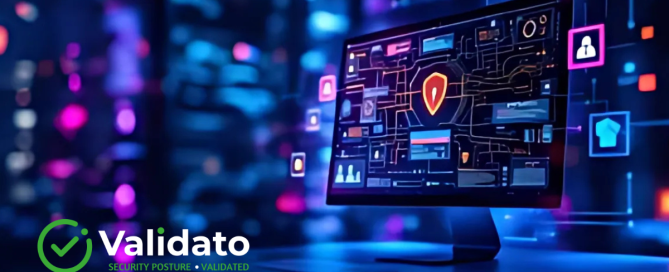What metrics should be tracked in cybersecurity risk management?
Effective cybersecurity risk management relies on tracking the right metrics to identify vulnerabilities, measure compliance, evaluate incident response capabilities, and quantify business impact. Organizations must establish a comprehensive monitoring framework that includes vulnerability metrics like mean time to patch, compliance measurements such as control effectiveness scoring, incident response indicators including MTTD and MTTR, and business-oriented











